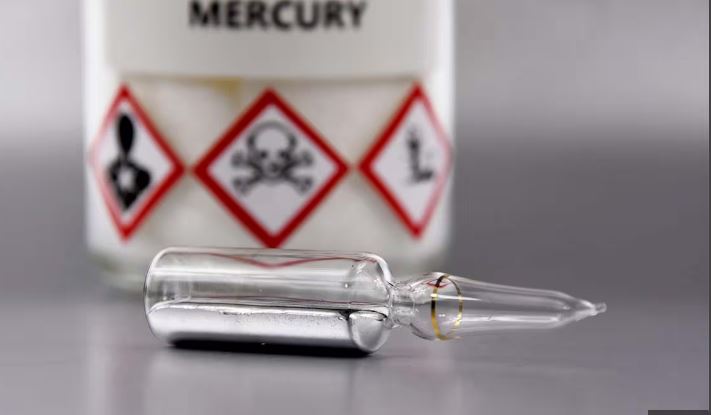Chemical reactions are fundamental to chemistry, driving processes from biological functions to industrial manufacturing. Understanding the different types of reactions helps to predict products and applications. Here’s a guide to the main types of chemical reactions: synthesis, decomposition, single replacement, double replacement, and combustion.
1. Synthesis Reactions
Definition: Synthesis reactions, also known as combination reactions, involve two or more substances combining to form a single product. The general form is: A+B→ABA + B \rightarrow AB
Example: When hydrogen gas (H₂) reacts with oxygen gas (O₂), water (H₂O) is formed: 2H2+O2→2H2O2H_2 + O_2 \rightarrow 2H_2O
Applications:
- Manufacturing: Used in producing compounds like fertilizers and synthetic materials.
- Biological Systems: Essential for processes like protein synthesis and cellular respiration.

Types of Chemical Reactions
2. Decomposition Reactions
Definition: In decomposition reactions, a single compound breaks down into two or more products. The general form is: AB→A+BAB \rightarrow A + B
Example: When water (H₂O) is electrolyzed, it decomposes into hydrogen gas (H₂) and oxygen gas (O₂): 2H2O→2H2+O22H_2O \rightarrow 2H_2 + O_2
Applications:
- Industrial Processes: Used to break down compounds for recycling or extraction of elements.
- Biological Systems: Decomposition of organic matter into simpler substances by microorganisms.
3. Single Replacement Reactions
Definition: In single replacement reactions, one element replaces another element in a compound. The general form is: A+BC→AC+BA + BC \rightarrow AC + B
Example: When zinc (Zn) reacts with hydrochloric acid (HCl), zinc chloride (ZnCl₂) and hydrogen gas (H₂) are formed: Zn+2HCl→ZnCl2+H2Zn + 2HCl \rightarrow ZnCl_2 + H_2
Applications:
- Metal Extraction: Used in processes like the extraction of metals from ores.
- Batteries: Utilized in electrochemical cells where one metal displaces another.
4. Double Replacement Reactions
Definition: In double replacement reactions, the ions of two compounds exchange places in an aqueous solution to form two new compounds. The general form is: AB+CD→AD+CBAB + CD \rightarrow AD + CB
Example: When silver nitrate (AgNO₃) reacts with sodium chloride (NaCl), silver chloride (AgCl) and sodium nitrate (NaNO₃) are formed: AgNO3+NaCl→AgCl+NaNO3AgNO_3 + NaCl \rightarrow AgCl + NaNO_3
Applications:
- Water Treatment: Used in precipitation reactions to remove contaminants.
- Synthesis of Salts: Important in producing various salts used in industries and laboratories.
5. Combustion Reactions
Definition: Combustion reactions involve the reaction of a substance with oxygen, producing energy in the form of heat and light. The general form is: CxHy+O2→CO2+H2O+EnergyC_xH_y + O_2 \rightarrow CO_2 + H_2O + \text{Energy}
Example: When methane (CH₄) combusts in oxygen, it forms carbon dioxide (CO₂), water (H₂O), and releases energy: CH4+2O2→CO2+2H2O+EnergyCH_4 + 2O_2 \rightarrow CO_2 + 2H_2O + \text{Energy}
Applications:
- Energy Production: Used in burning fossil fuels for electricity and heating.
- Transportation: Powers engines in vehicles and aircraft.
Conclusion
Understanding these five types of chemical reactions provides insight into how substances interact and transform. From everyday applications to complex industrial processes, these reactions are fundamental to both chemistry and practical life.
This overview of chemical reactions highlights how different processes drive transformations in matter, essential for both scientific understanding and practical applications.




